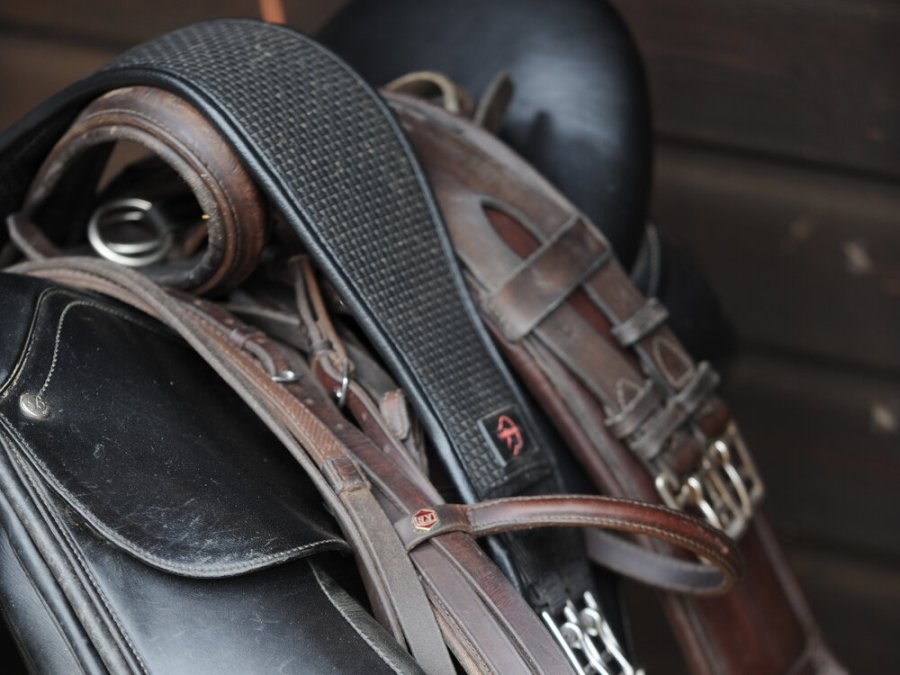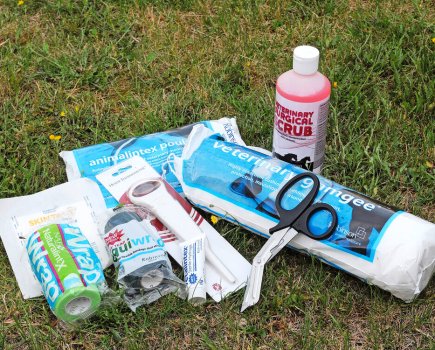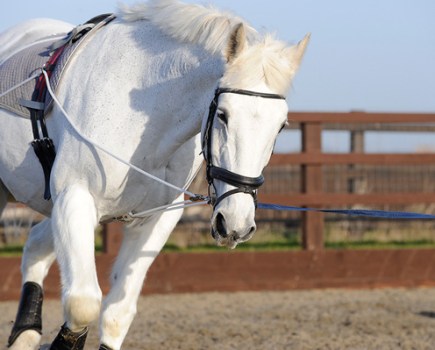There are thousands of second-hand saddles (and horse tack in general) for sale via online adverts and social media posts, not to mention in person on yards, at tack shops and via saddle fitters. Unfortunately saddle theft is rife too — and you never know when you might come across a stolen saddle while searching for a saddle to buy. In fact, you probably won’t realise you are looking at and considering buying a stolen saddle, even when you are.
I have a friend who was left £500 out of pocket when she bought a saddle privately, only to discover six months later that it had been stolen from a yard two years before and so had to be returned. The rogue seller was never found, so there was no way to get her money back.
Being forewarned is forearmed, as they say, and so Your Horse asked Sgt Stuart Granger from North Yorkshire’s specialist rural Taskforce, which tackles and prevents rural, agricultural, equine-related and wildlife-related crime, how to avoid buying a stolen saddle.
“This is a sticky situation for the buyer, as there’s very little you can do beyond checking the tack for any markings that can’t be explained by the seller,” says Sgt Granger. “Checking saddles for chips or SmartWater marks that fluoresce under UV light is something police can do if an item is suspected stolen. However, that’s not much use to a buyer who has already paid for the item — it will be taken from you and you’ll be left out of pocket.
“Sadly, it’s the age-old thing of ‘buyer beware’. Stick to reputable tack dealers, and if you do buy from someone online, arrange to meet them at their shop or yard where you can see the set-up and gauge the situation,” continues Sgt Granger. “If it seems too good to be true, or you feel at all uncomfortable, don’t go ahead with the purchase.”
How to keep your tack safe
You can make your tack less appealing to thieves by marking it. Dot Peen Marking can make tack less attractive to take, as well as more identifiable. A Dot Peen machine can be used on a variety of materials, including leather and metal, and it hammers a symbol, word, or number of your choice onto your belongings. Some police forces offer Dot Peen Marking free of charge to livery yards, or at Pony Club/riding club events. It’s worth finding out if there is such a thing available in your area.
A simple search on Google or Amazon will present you with a huge choice of UV permanent marker pens which you can use yourself at home to mark your tack. Check what you’re buying first to make sure it is suitable for the material (eg leather or synthetic) that you want to mark.
“Keeping an inventory of all your tack, including photographs and descriptions, will help to make possessions more identifiable, and can help users of social media to keep a lookout too,” suggests Sgt Granger. “Local websites and forums, WhatsApp groups and Facebook pages can help equestrian and rural communities to stay safe, so consider using them to keep abreast of what’s going on in your area. It’s amazing how useful they can be to the police when investigating a crime too.”
There are other ways to keep your tack safe too, including:
- Store it in a secure place that is lockable from the outside. If you have insurance, check your insurer’s requirements for what sort of lock it needs to be. Some locks are better than others, and it’s worth spending a bit more on a really good one.
- If your tack room is unlocked with a code rather than a key, make sure the code is changed regularly, especially when someone moves leaves the yard.
- If it’s a lock with a key, limit how many people have a copy and don’t leave it somewhere ‘safe’ on the yard for everyone to access when they need it.
- Keep tack rooms closed and locked during the day too, not just at night.
- Invest in CCTV and an alarm, and put up warning signs to say they are there. These are very off putting to thieves!
- If you’re on a livery yard and the tack room door is mostly open, consider a lockable rack for your saddle rack inside. For example this one from Horze.
- If you’re on your own yard, or one with few horses on it that is unattended for long periods, try to vary the times you visit as much as possible. It doesn’t take long for a thief to learn a person’s typical daily movements.
- Never leave tack hanging outside your stable door unattended. It only takes seconds for a passing thief to snatch it if the opportunity arises — it doesn’t have to be planned.
- When you’re at a competition, don’t leave tack lying around outside the horsebox. Put it straight back into the lorry and/or in its lockable box. This goes for handbags and mobile phones too — anything of value should be stored safely at all times.










